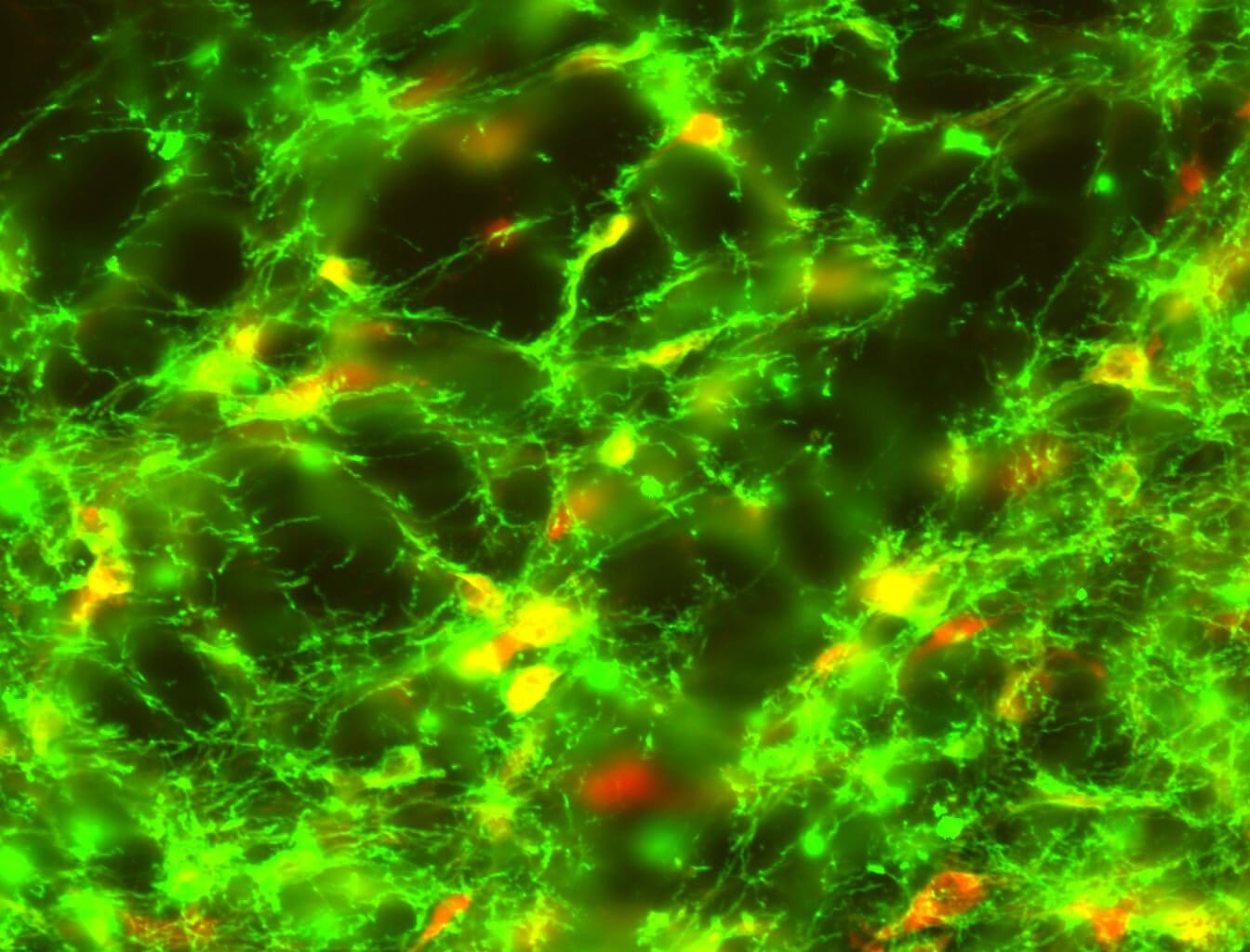In a quiet Russian laboratory over a century ago, a scientist named Ivan Pavlov rang a bell—and changed science forever. His now-famous dogs drooled when they heard the sound, not because bells are tasty, but because they had come to expect food afterward. That single experiment became the cornerstone of how we understand learned behavior. Cue, response, reward.
But what if not all animals play by those simple rules?
Imagine a different kind of dog—one that, upon hearing the bell, doesn’t just drool and wait, but leaps at the bell, paws it, licks it, even chews on it. It’s not confused. It’s not hungry for metal. It’s doing something more complex—something emotionally and neurologically profound. These aren’t just reactions. These are choices shaped by how brains value cues—and perhaps, how addiction, impulsivity, and psychiatric disorders quietly take root.
The Science of Wanting
In Sara Morrison’s lab at the University of Pittsburgh, scientists are peering into the mysteries of the brain by working with rats—not because rats are simple, but because their brains, like ours, are full of surprises. Morrison, a research assistant professor in the Department of Neuroscience, has been exploring a question that turns the traditional model of learning on its head: What if not all learning from cues is driven by the same brain chemistry?
Rats in Morrison’s study were trained using a cue—a light or a tone—that signaled a sugary reward was coming. Over time, the rats learned the association. But here’s where things got fascinating. Some rats, known as “sign trackers,” became obsessed with the cue itself. The moment the light came on, they rushed toward it, pawing, licking, and fixating on it—as if the cue were the reward. Others, called “goal trackers,” skipped the cue and went straight to where the sugar would be delivered, ignoring the signal as just a means to an end.
These two types of rats weren’t just behaving differently. Their brains were learning differently.
A Tale of Two Learners
Until recently, scientists thought all cue-reward learning involved dopamine—the brain’s chemical messenger of pleasure, desire, and reinforcement. The thinking was simple: dopamine spikes when we get something good, helping the brain remember how to get it again.
But Morrison’s lab has shown that’s only half the story.
Using a groundbreaking technique called optogenetics, the team engineered rats so they could control dopamine neuron activity in a brain region called the ventral tegmental area (VTA)—a place known to drive motivation. By using light, the researchers could turn dopamine release on or off with surgical precision, as easily as flipping a switch.
When the researchers turned off dopamine neurons at the exact moment the sugary reward was delivered, a surprising thing happened. The rats stopped becoming sign trackers. They no longer rushed toward the cue, as if its magic had vanished. But goal trackers? They kept learning just fine, unaffected by the loss of dopamine at the reward moment.
This one result cracked the idea of “one-size-fits-all” learning wide open.
It revealed two completely different systems at work—one dopamine-dependent and emotionally sticky, the other more rational and detached. One obsessed with the symbol, the other focused on the prize. And if those differences exist in rats, they likely exist in people too.
The Power of the Cue
For sign trackers, the cue becomes more than a signal—it becomes desirable in itself. The bell isn’t just a bell anymore. It’s a symbol of pleasure, and the brain starts to crave it as if it were the sugar pellet itself.
This distinction has enormous implications beyond lab rats and sugar.
It mirrors what researchers see in human behavior, especially in addiction. Think about someone trying to quit smoking. It’s not just the nicotine they crave—it’s the sound of the lighter, the feel of the cigarette, the ritual itself. Those environmental cues, once paired with the drug, become powerful on their own. They trigger desire, even when the drug isn’t there. They pull the person back into patterns they’re trying to break.
Morrison’s study helps explain why.
Sign-tracking behavior, rooted in dopamine’s involvement with cue valuation, is persistent, even when the reward is removed. In the lab, rats that had learned to sign track continued to react to the cue long after the sugar was gone. Even when the reward was replaced with something undesirable, their behavior barely changed. It’s like chasing a ghost—the cue still holds power, even when the reward it once promised no longer appears.
Goal trackers, on the other hand, adjusted. Without a reward, the cue lost its appeal. They moved on.
The Dopamine Dial
In another phase of the experiment, Morrison’s team took the experiment even further. Instead of turning dopamine off, they cranked it up. When rats received extra dopamine at the moment the sugar was delivered, the researchers expected them to become sign trackers faster. But oddly, that didn’t happen.
The additional dopamine didn’t speed up learning. Instead, it seemed to raise the bar. When the researchers stopped giving the extra dopamine, the rats reacted as if something had been taken from them—even though nothing else had changed. They stopped sign tracking for a while, then slowly began again, as if recalibrating their expectations.
This response mirrors human experience in uncanny ways.
Think of a teenager used to getting praise for every small achievement. When the praise stops, even normal rewards feel diminished. Or someone used to the intense highs of drug use—the normal joys of life feel muted. The brain has scaled its reward system to a new baseline. What was once enough no longer satisfies.
Morrison summed it up powerfully: “We all learn equally well from all different kinds of rewards. There must be some way our brain scales the rewards to the appropriate learning rate.”
Her words strike at something fundamental—our brains don’t just learn that a reward exists, but how much it matters. And sometimes, that scaling process can leave people vulnerable to obsession, compulsion, and relapse.
What It Means for Mental Health
Sign tracking isn’t just a curiosity of behavior—it’s a marker, perhaps even a warning. Morrison’s research links it to impulsivity, risk-taking, and relapse—traits often seen in people struggling with addiction, gambling disorders, and other psychiatric conditions.
Because sign trackers fixate on cues, they may find it harder to unlearn associations, even when those associations become harmful. The cues remain sticky, emotionally charged, and hard to ignore.
In therapy and treatment, recognizing someone as a “sign tracker” might one day help personalize care. Maybe these individuals need different strategies—more focus on breaking cue associations, or developing ways to down-regulate dopamine’s influence during recovery.
The science is still young, but the potential is vast. Understanding how brains learn—not just what they learn—could reshape the way we treat everything from substance use disorders to anxiety and beyond.
Licking the Bell: A Metaphor for Us All
So, what do we make of the rats who lick the bell?
They remind us that learning isn’t always logical. That sometimes we want the symbol more than the substance. That our brains are built to seek patterns, even when those patterns mislead us.
We live in a world full of cues: glowing screens, phone buzzes, advertisements, social media likes. Each one a bell. Each one promising reward, status, connection, pleasure. And like the rats in Morrison’s lab, we sometimes chase the bell instead of the reward—obsessing over the symbol, addicted to the flash, distracted by the cue.
But if we understand why that happens—if we recognize the chemical currents beneath our choices—we might find ways to take control. To stop licking the bell and start thinking clearly again.
The beauty of science is not just in discovery, but in reflection. Every experiment with a rat holds a mirror to ourselves.
Reference: Ethan W. Herring et al, Modulation of Dopamine Neurons Alters Behavior and Event Encoding in the Nucleus Accumbens during Pavlovian Conditioning, The Journal of Neuroscience (2025). DOI: 10.1523/JNEUROSCI.0061-25.2025






